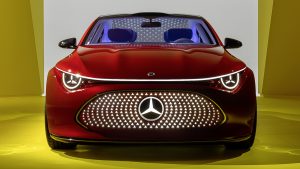French subcompact has gone a long way from when it aspired to be a modern 2CV. The new Citroën C3 has items that represent everything that has happened to itself and its maker
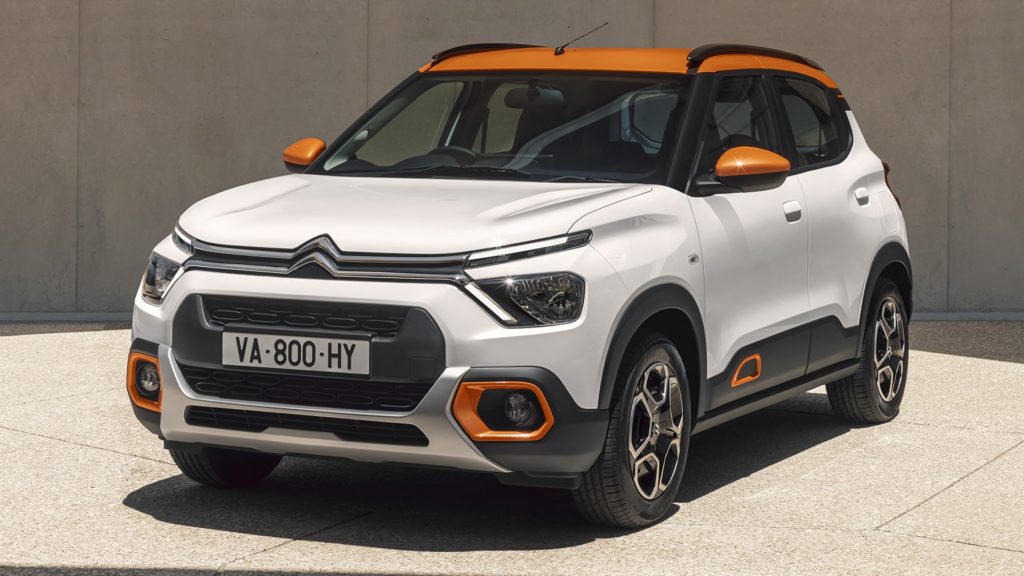
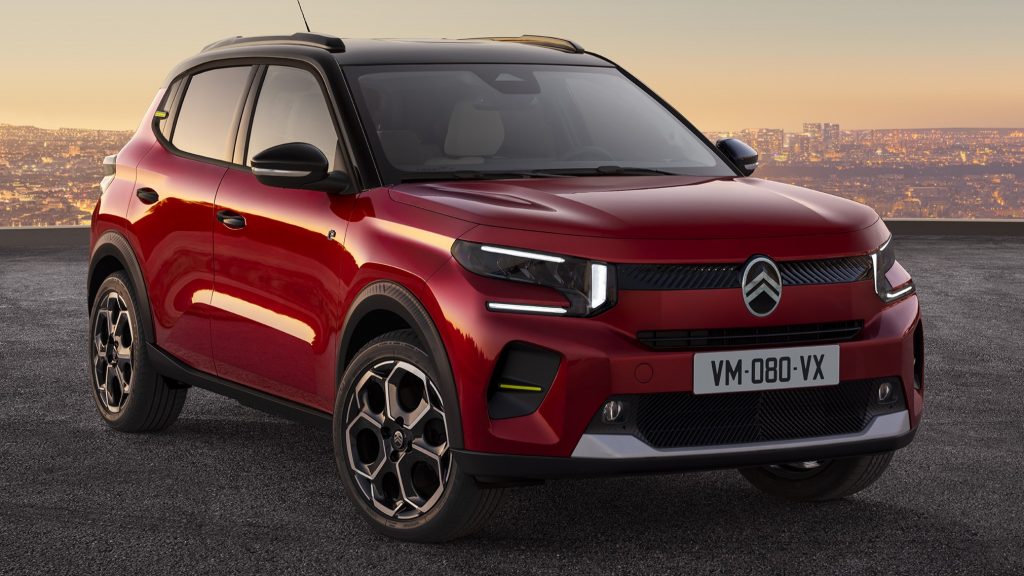
- The Citroën C3 has reached an all-new generation in the European market
- French supermini lives a different timeline compared to emergent regions
- The latest models present two interpretations of the same basic concept
Every now and then, I find a new opportunity to repeat that cars are members of our society. We interact with them all day long even if we do not own one. That affects our everyday lives and their industry.
Take the Citroën C3 as an example. It first arrived in 2002 with retro design and premium trim. It even had an open-top version named Pluriel. However, those offerings were not the most efficient in terms of sales.
Over time, Citroën and Peugeot expanded their presence in emergent countries, worked on the level of differentiation between their models, went on financial restructuration, and participated in two mergers.
It is obvious that it could not keep selling the same cars after all those events. The Citroën C3 had several important changes from one generation to the next. Now, these changes are more expressive than ever.

Citroën C3 over time
Since the Peugeot 206 was doing great with its sporty, yet affordable package, the PSA group decided to take some risks with its counterpart. The first Citroën C3 came as the opposite: French-chic and premium.
Citroën made a whole other design for the two-door body, named C2, and set that one apart with a few performance-oriented upgrades. But it turned out that only the C3 would deserve the second generation.
The new car came in 2009 with more room and elegance. This time, it spawned the Picasso sister because minivans were still in fashion. However, time passed. Its Latin variation came in 2012 with many changes.
Besides exclusive design tweaks for the hatchback, the minivan was converted into the Aircross to follow the SUV trend. The Citroën C3 had to tone its premium flair down in order to keep its pricing competitive.
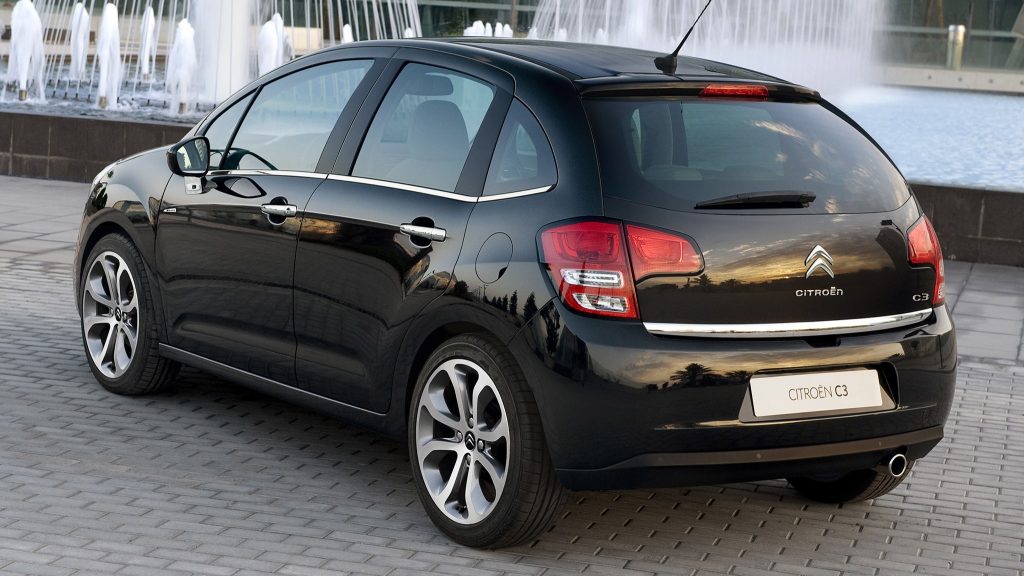
Citroën C3, act number three
In the mid-2010s, the PSA group was working to minimize cases of internal competition. In the hatchback segment, the Peugeot 208 assumed a premium place while the Citroën C3 became youthful and playful.
The third generation traded that posh appearance for bright colors, plastic trim, and practical features like the Airbumps from the C4 Cactus. It would also leave luxury and high-performance versions to the 208.
Latin America echoed that guideline by keeping the C3 in the second generation – it was the only way to keep its price down. Citroën eventually phased out the minivans once SUVs became the new global trend.
The merger of PSA and Fiat-Chrysler brought more marques under the same umbrella. Citroën embraced an entry-level role so as to boost its sales without competing directly with Opel/Vauxhall, Peugeot or Fiat.

Fourth generation, twice
The new Citroën C3 arrived under those new guidelines. In South America, it had to avoid competing with Fiat’s Mobi and Argo and the Peugeot 208 at once. It was definitely necessary to work on its entire image.
In 2021, the new model arrived with simpler content to slot below the 208, and an SUV image to keep its distance from the Argo. And a number of image-related elements and affordable pricing to be attractive.
Media outlets have considered it the spiritual successor of the second-generation Fiat Uno. They have the same quirky external image, family-friendly cabin and trunk, and overall cheap-but-not-poor character.
We all knew that the European Citroën C3 had to change at some point, but what usually happens in such cases is getting a whole other car. That is why the actual solution took the specialized press by surprise.

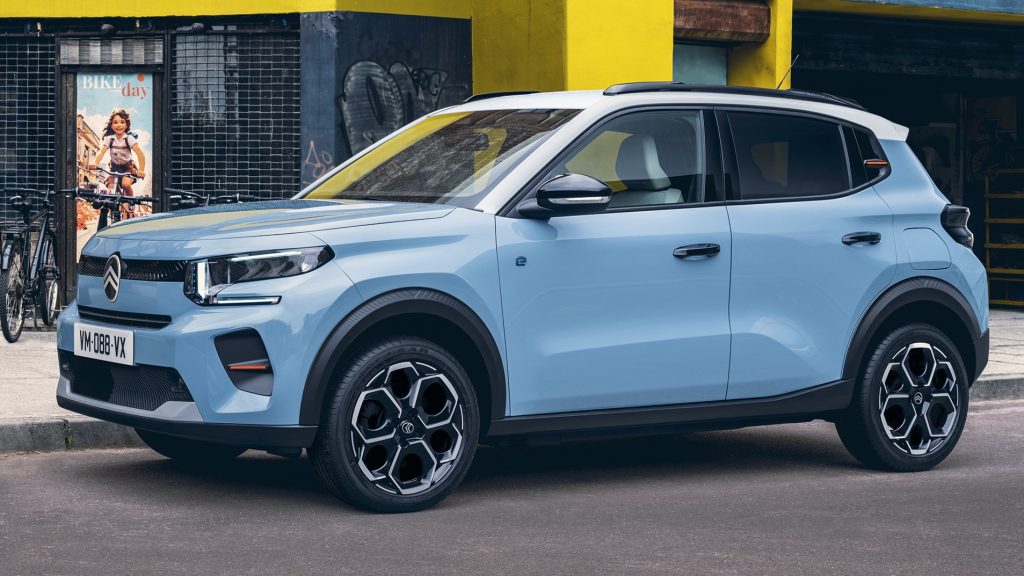
Front design
In emergent countries, Citroën has a history of poor reliability. The fourth Citroën C3 tries to address that by using simple construction and sharing its powertrain with other models – including Fiat cars, this time.
It also uses modern, but not innovative, design to reduce controversy. It is the same identity seen on the C4 and C5 lines in Europe plus some cues from the C4 Cactus, which is still selling well in Latin America.
Life has been easier for the Citroën C3 in Europe, so designers had more freedom with the local variation. The light SUV stance is still there, but it is paired to multiple blocky elements inspired in the Oli concept.
Up front, the logo is the most striking difference. The emergent C3 uses the flowing lines that have been a staple in Citroën’s design for years, while the European car brings the latest logo, which is much flashier.
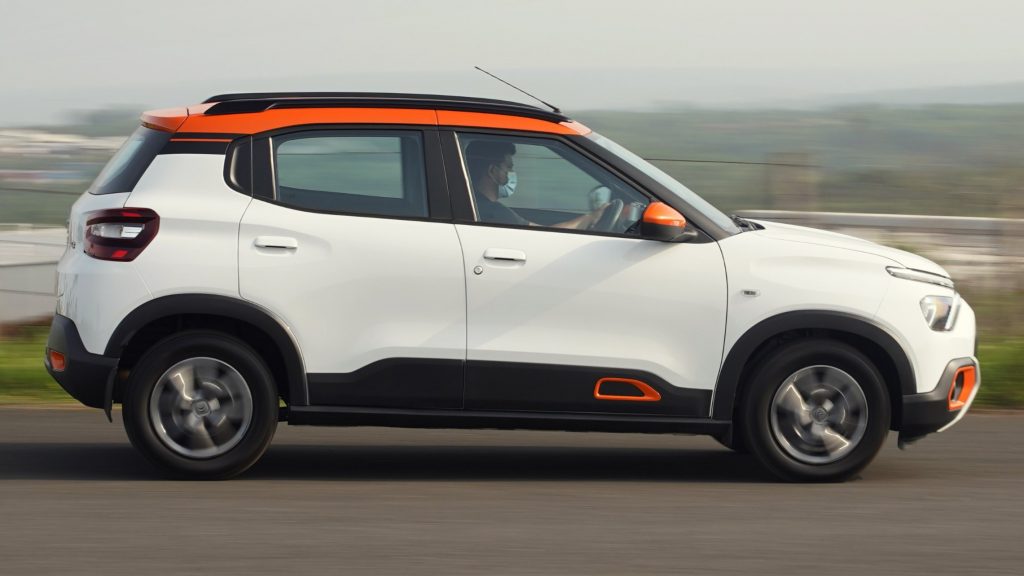
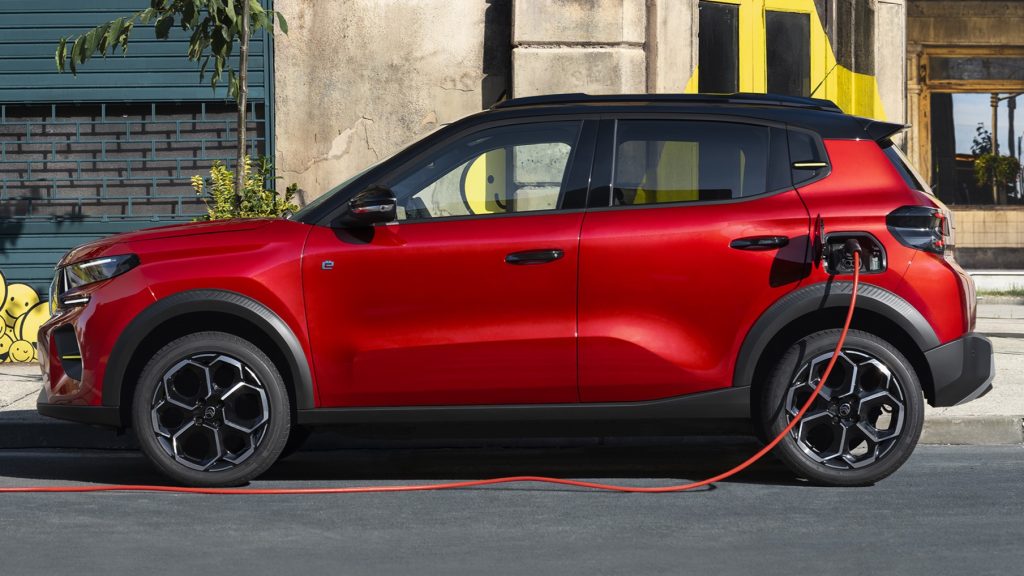
Side design
This part is often overlooked in facelifts because it is complex and expensive to change. However, Citroën made an exception here. And, as it turns out, that made it the most interesting part of those cars for me.
The emergent Citroën C3 carries on with the SUV impression with thicker wheel arches, tires with a higher profile, and wider D-pillars. The side cladding is clearly inspired in the third C3 and C4 Cactus’s Airbumps.
In the European car, less unpainted plastic and a boxier front end make it more of a hatchback. That light SUV stance is still visible once we compare it with the previous generation, which used rounder shapes.
Citroën’s design work was quite admirable here. We can still describe both cars with the same basic terms, but changing key elements in an intelligent way has managed to skew each car to the desired direction.
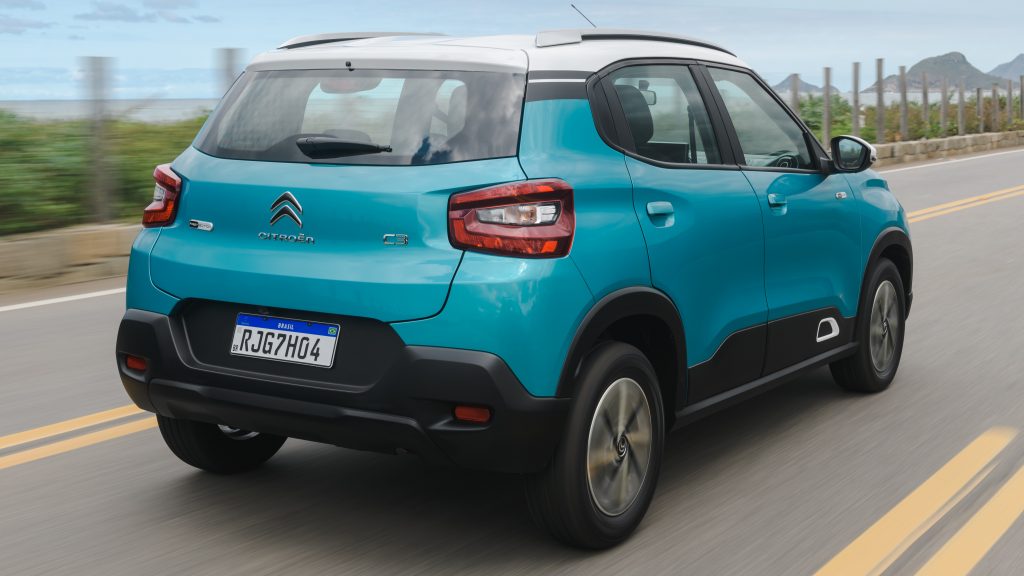
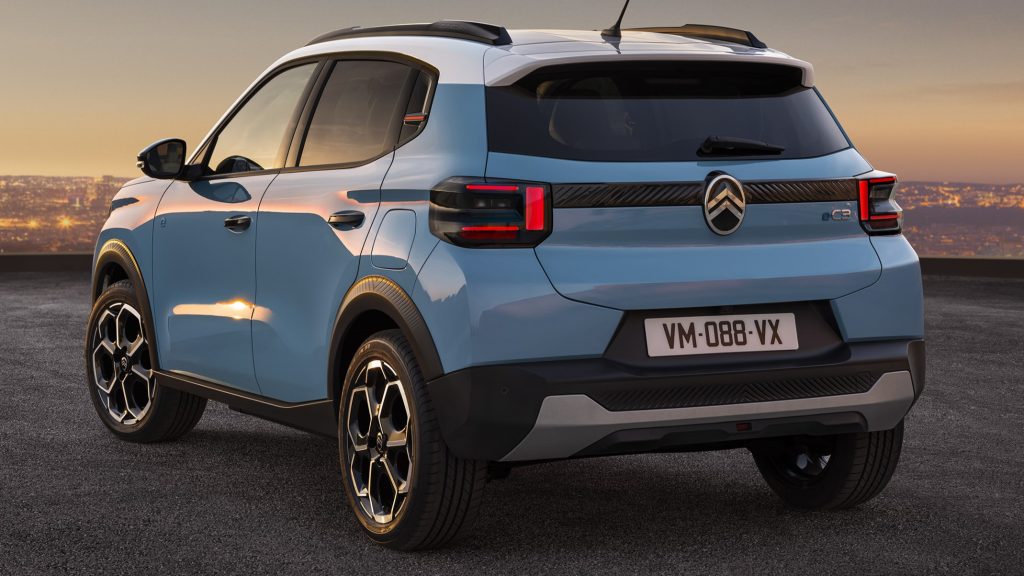
Rear design
By now, I am sure you can figure the differences by yourself. The European evokes the Oli concept again on the taillights, and repeats the new logo – I just think it is too big for this position in a compact model.
Once again, we can see the same basic shapes, only with different intentions. The emergent C3 uses more unpainted plastic to emulate the ruggedness of an SUV without applying explicit Airbumps once again.
The creases are another interesting point. They are smooth and flowing on the emergent Citroën C3 while the European one employs more pronounced ones. The latter adds a roof spoiler like typical hatchbacks.
Since the emergent car is older, matching the European design could be a nice idea for its facelift. But we cannot be sure it is going to happen because that would probably cause a big raise in production costs.
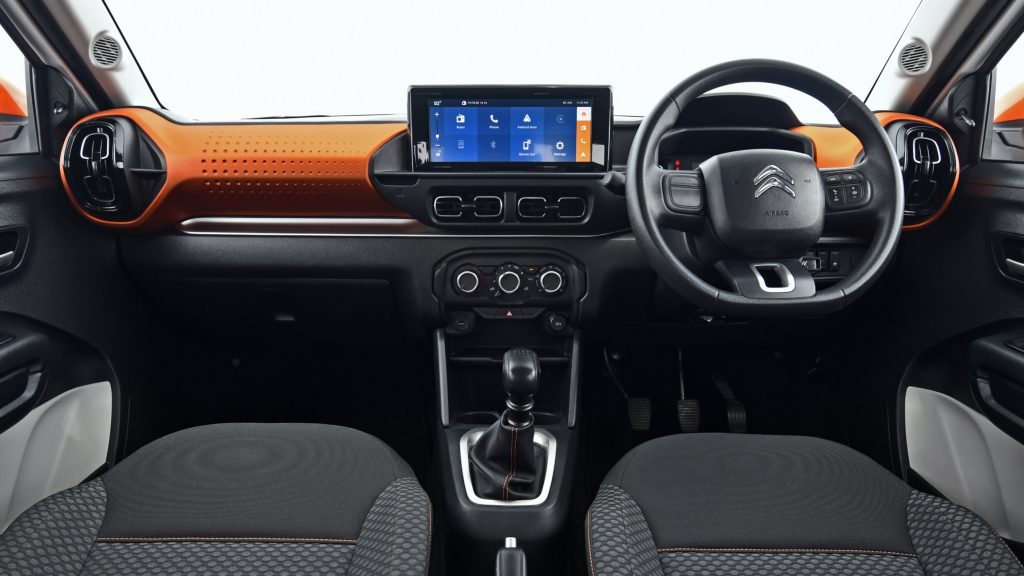
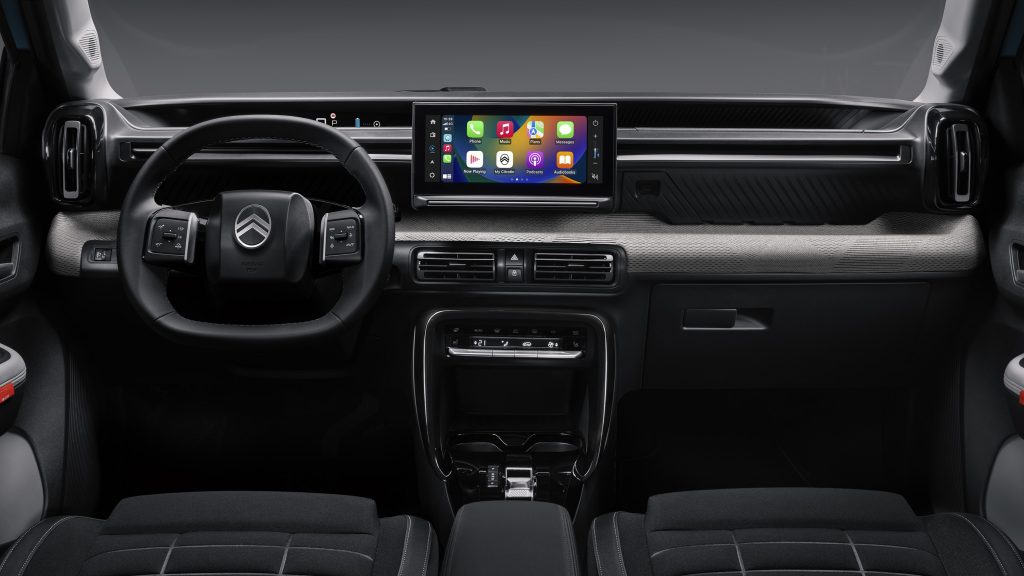
Interior design
Sadly, there is no way around it: the emergent car has fewer items and a simpler cabin. It is a direct result of different product costs and the need to keep a low price. Not even the steering wheels are the same.
If you want to make the effort, we can find similarities in the basic concept. Both cars feature minimalistic design and concentrate most functions on the infotainment screen. All the gauges are small and digital.
In the emergent car, Citroën made the questionable decision to replace the tachometer with a shift light. As long as the European model is only electric, this will not be a problem because it will not need one.
A surprising difference is that the Citroën C3 shows more colors in its emergent variation. European cars are historically more open to flashy colors especially in their cabins, so this is an interesting exception.
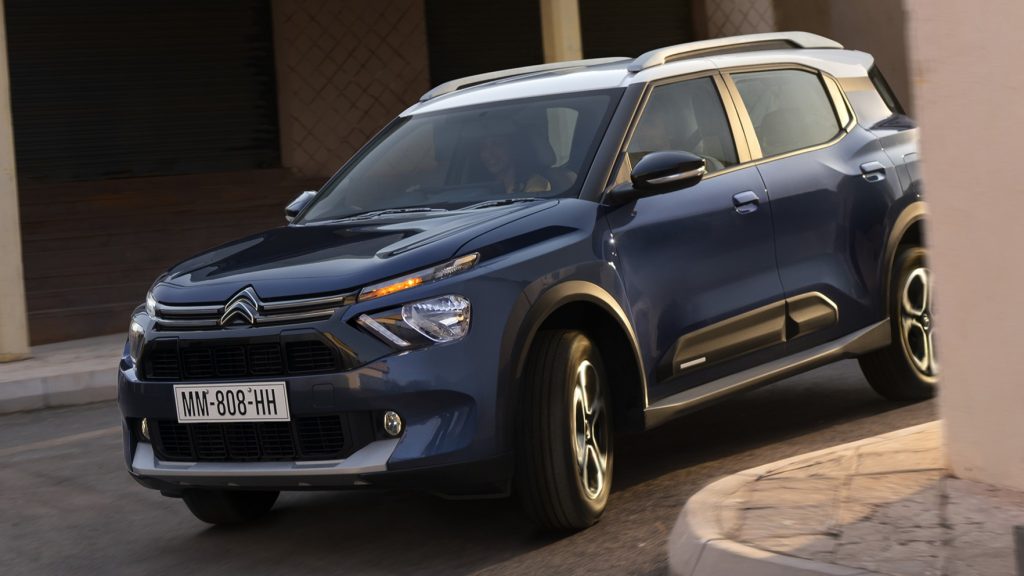
While those are the differences for the new Citroën C3, the company will have more to show soon. The C3 Aircross is about to enter its second generation, and we already have images of its emergent variation.
The company has only shown teasers of the European version so far, but we can expect a similar work to differentiate both. The main common point is that these cars will be longer in order to offer seven seats.
You may also like
If your idea of a compact hatchback goes to the classic side, now it is possible to embrace electrification as well! Fellten is specializing on bolt-on EV kits for vintage cars like the Mini Cooper.
Danillo Almeida has explored his passion for cars in two distinct ways. The first one is his graduation course in Mechanical Engineering, which will hopefully lead to a job position in the field. The other one is expressing his knowledge and opinions on the matter through writing. Almeida has already contributed to blogs, stores, and websites in general writing automotive content in many formats.


